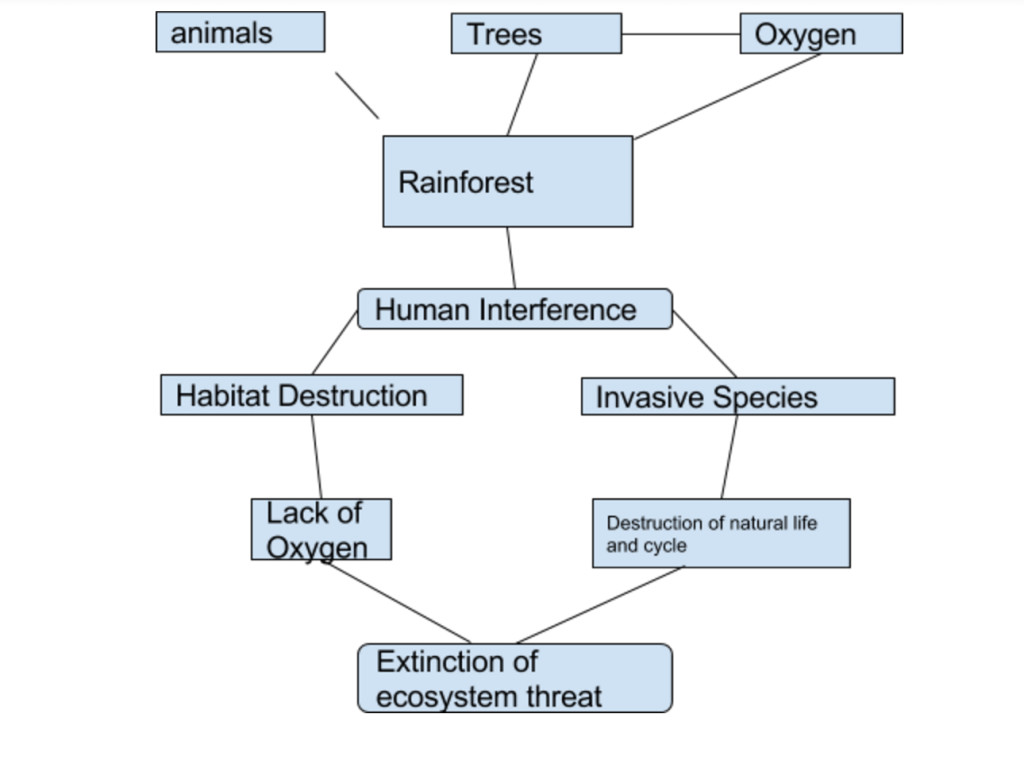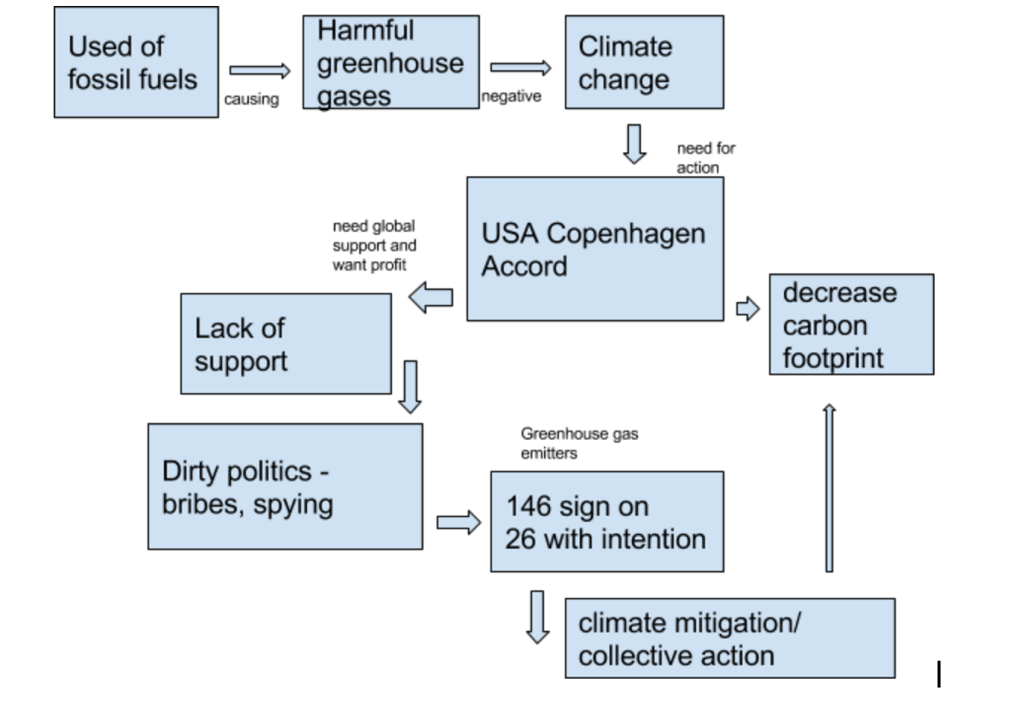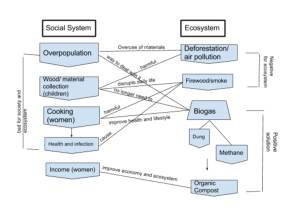My hometown is West Chester, Pennsylvania, often times associated with Philadelphia. NATHAN world map of hazards identified my area as zone 3 for hail storms (moderate). Also, zone one for winter storms which is moderate and similar to most of America, and surprisingly zone 2 for tornados. I found this to be relatively high considering I’ve never experienced one, but experienced many snow storms. Being close to the east coast, tropical cyclones may be hazardous to my area as well. I found the map to be very interesting and suited very well for global observation. However, because the map is so widespread, when trying to pin pint my exact area the zones got a little jumbled at times.
I identified a forest fire in Cherokee National Forest, Tennessee that caused medium damage. This could happen to my area id it was caused by humans, or if we are experiencing a drought. However, they are rare in my regions because we tend to get a good amount of rain, and have limited forest space. West Chester is home to around 20,000 residences in the immediate town, and not including students at the University. The Cherokee National Forest is forest, therefore there are no residences in the direct area. If my town were to experience a forest fire close to it it would dramatically increase the disaster rates because of the human damage. People in my town have different levels of vulnerability based on how much foliage surrounds them. You could reduce this factor by destroying all the trees and woods, however that’s really bad. Another way would be to educate the residents on wildfire safety.
I have personally experienced many snow storms, hail storms, and hurricane sandy. I will focus on hurricane sandy because it is rather unique. The category-3 storm hit in late October 2012 and we got off of school for three days. It caused electrical loss, flooding, water damage, construction damage, but luckily no deaths around me. This is not a common problem, but it causes major amounts of damage when it does. Snow and hail storms cause similar damage when they hit at a much smaller scale.
Awareness and preparation are the biggest ways my community could take action in reducing their vulnerability from hazards. The best people to preform these actions would be teachers in school having a more thorough awareness than just the routine weather drills. Also, townships can send out awareness letters or newspaper articles to help residents prepare and be aware. I personally can prepare by stocking up on essential goods, like extra water, canned goods, batteries, and blankets incase of disasters



